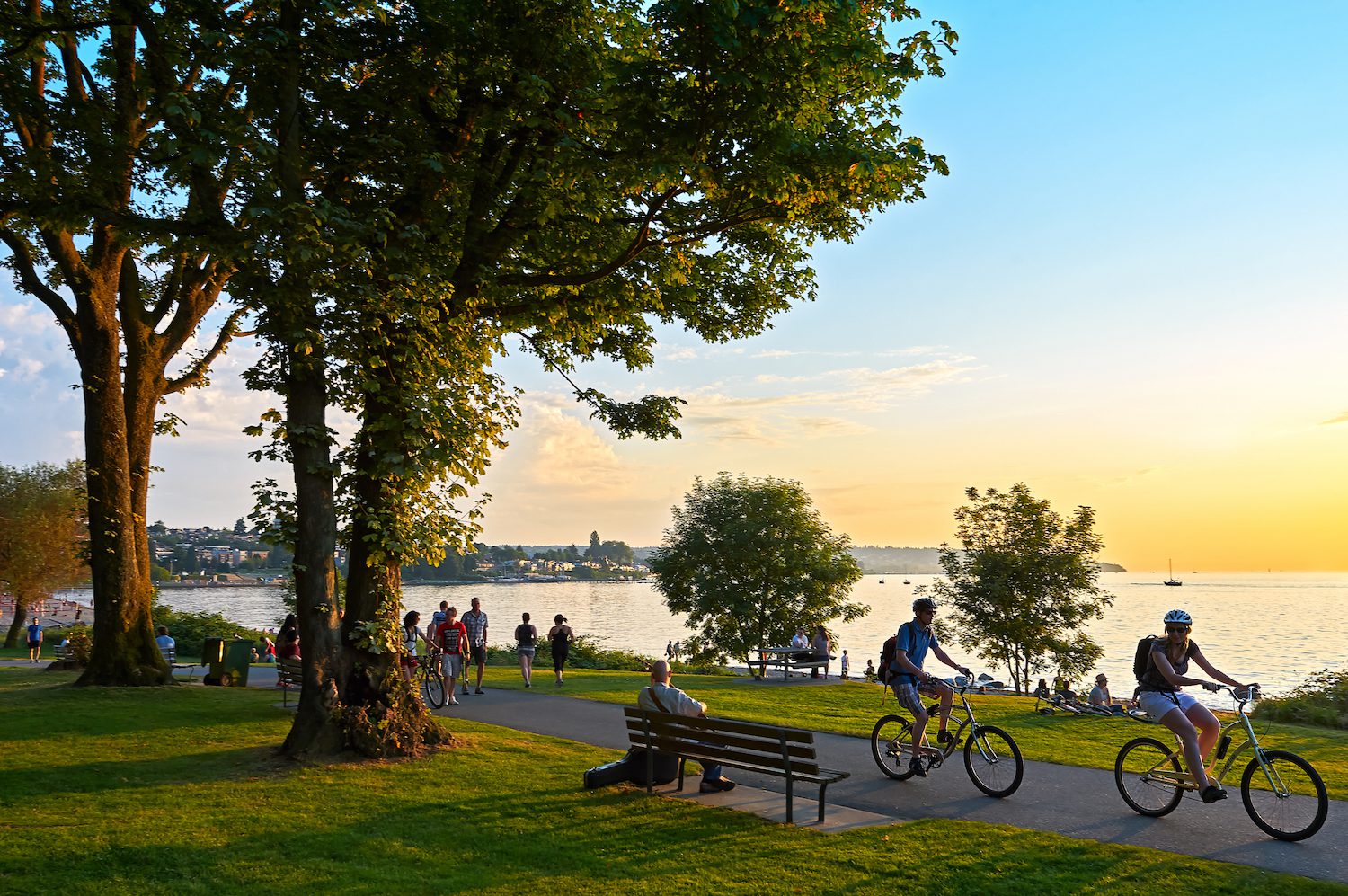WE
Brighten
Lives
WE Brighten Lives
We work to brighten the lives of people in our communities by engineering sustainable cities that are safe, inclusive and resilient.
At Williams Engineering, we understand that our work impacts people's lives. Knowing what we do reaches beyond a single project, we believe it's not only our responsibility but our core purpose to engineer cities that are safe, inclusive and resilient. We believe it's time to reimagine the legacy that engineering companies leave behind.
Rather than focusing on how things have always been done, we choose to concentrate on how the engineering services we provide and the strategies we develop today will help shape people's lives tomorrow.
Williams Engineering is committed to giving back to the communities that support us.
As a business and as individuals, we volunteer our resources and expertise to numerous local not-for-profit organizations, causes and foundations including:
- Arts & culture
- Children & healthcare
- Education & social development
- Industry & commercial support


Diversity, Equity and Inclusion (DEI)
As a purpose-driven company, we know that the world of today and tomorrow needs to be more inclusive, and we see ourselves creating spaces where people can feel included, recognized and valued. This belief extends past the infrastructure we design and is illustrated each day with our commitment to fully promoting diversity, equity and inclusion with our teammates at Williams Engineering.
Indigenous Relations
We believe that to truly reconcile with Indigenous peoples, we must first understand why it is essential to do so. We have an important role in moving this conversation forward to help break down barriers and support Indigenous voices. We are committed to developing and nurturing our relationships with Indigenous peoples and communities by first understanding the past while endeavouring to find new ways to move forward.
Testimonials
Senior Project Manager, Engineering & Construction
Imani Development Inc.
Featured Projects
Seton Marriott Hotel
Wood & Water by Anthem
Our Thoughts
#brightenlives
Evolving Technologies Altering Building Design
By: Erik Jonasson The evolution of design tools used to conceptualize and create infrastructure has been significant. Over the years, design professionals have witnessed a
Naseem Bashir x Modern Luxuria Magazine
Our President and CEO, Naseem Bashir P.Eng., ICD.D, is featured on the cover of Modern Luxuria Magazine’s June issue! Check out his feature in the
Territorial Acknowledgment
We acknowledge that Williams Engineering Canada operates on the traditional and unceded territory of the Indigenous peoples who, since time immemorial, have lived on, been part of and stewarded this place now known as Canada. We recognize that this is still home to Indigenous peoples from across Turtle Island and we are grateful to have the opportunity to work and live on this land.